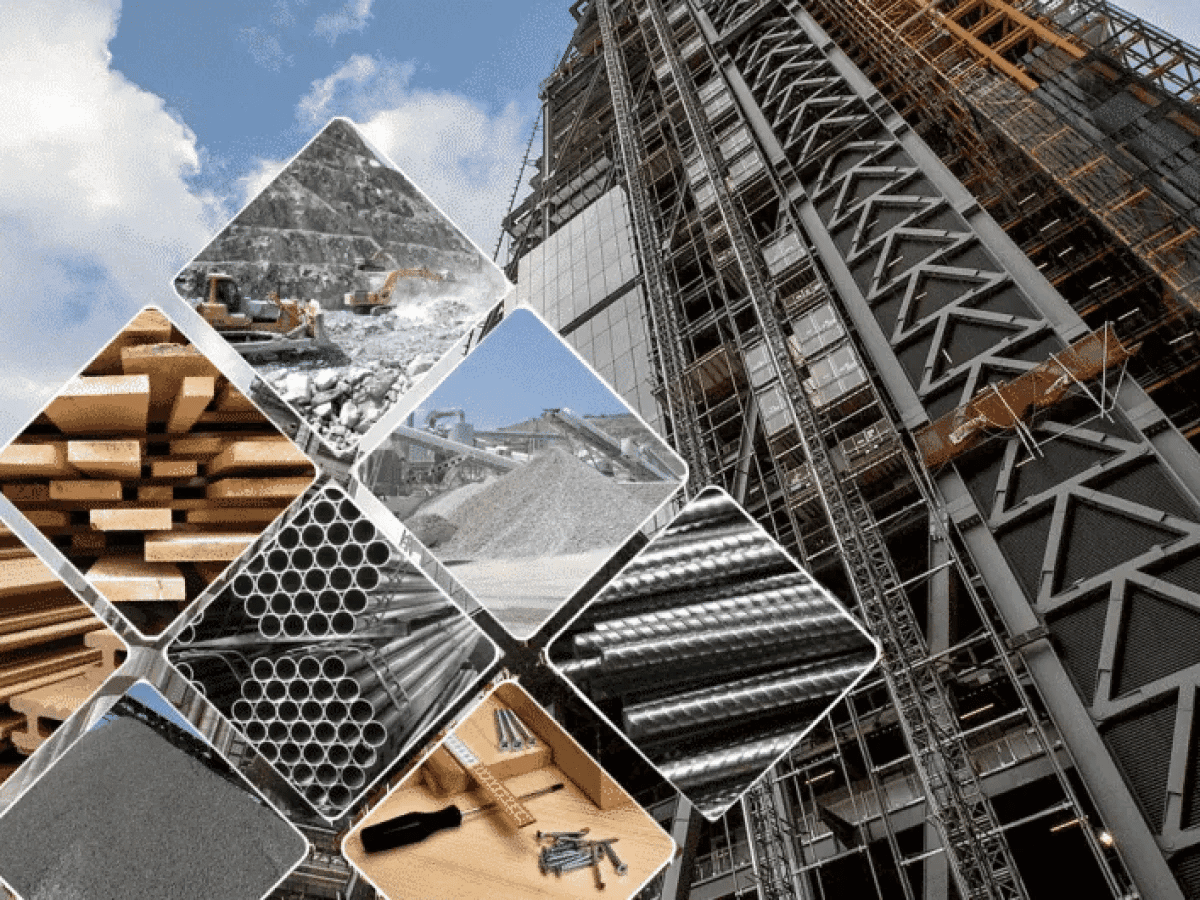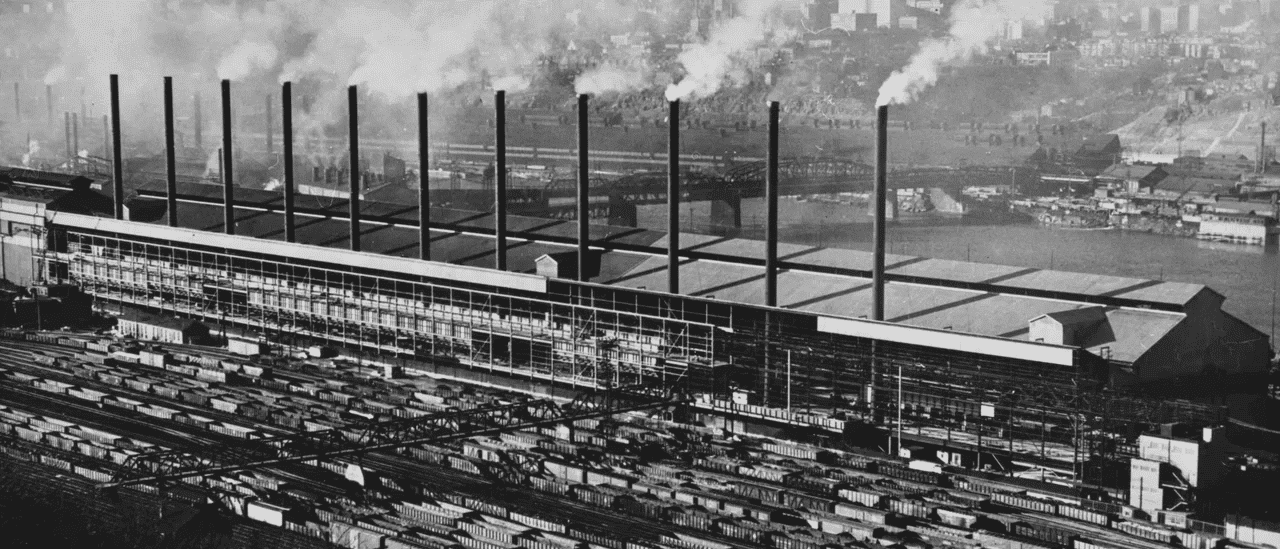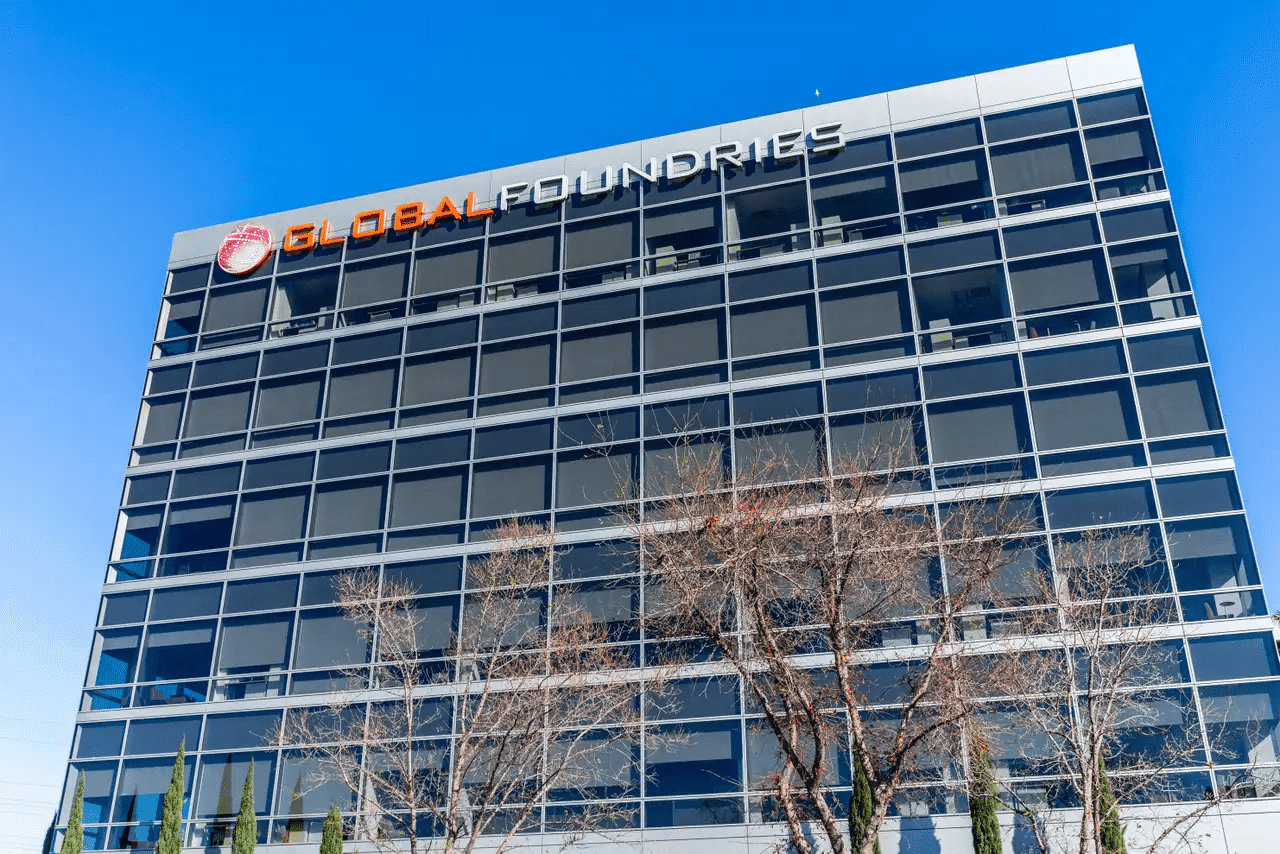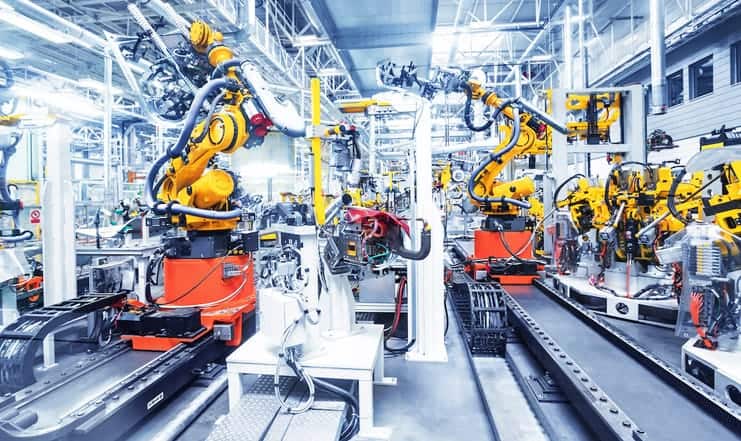
Plasma cutting machines slice through conductive metals using a high-speed plasma beam. The machine’s movements are controlled and directed by a computer that follows a program, or G-code.
Some CNC plasma cutters also have a 3rd axis, or tilting head, that allows the torch to be taken through a conventional 2-dimensional cutting path whilst being rotated. This is often useful when working with pipe or long section, for example to create angled edges that may be used as weld preparations.
The Cutting Head
Plasma cutting is one of the most powerful and efficient methods of fabricating metal, however it can also be dangerous if not used correctly. It is crucial to wear a plasma helmet at all times while working with the machine and never look directly into the arc. Doing so can cause permanent eye damage and even blindness.
A good CNC plasma cutting table will provide excellent motion control, ensuring that the torch always follows exactly where it needs to be on the workpiece. This is accomplished by using a system of drive amplifiers, motors, encoders and cables. The drive amplifiers take low power signals from the CNC and convert them to high-power drives for the axis motors. The encoders on each axis then generate digital signals that indicate how far the axes have moved. Cables then carry the motor and encoder signals back to the CNC.
There are many different types of CNC plasma cutters available to meet the needs of any fabrication shop. Hobbyists can find a basic setup for around $1,000, but industrial requirements will require a much larger and more expensive table. Look for a brand that offers full industrial capabilities at an affordable price, so that you can get the most value out of your investment. The best brands will offer flexible payment options and financing, so that you don’t have to pay a large lump sum upfront.
The Torch
Plasma cutting uses an accelerated jet of hot plasma to cut through electrically conductive materials such as steel. Hand-held torches can typically cut up to 38 mm (1.5 in) of metal plate, while computer-controlled plasma cutters allow for much deeper cuts.
A plasma cutter produces the plasma by forcing compressed gas through a nozzle at high speeds. The nozzle creates the electric arc that cuts through the plate. The torch head, which contains the nozzle and electrode, is then moved along a path defined by the computer program.
The computer program tells the machine when to activate and deactivate the torch, as well as how far it is supposed to move. It also includes instructions for the type of cut to be made, which can be based on a CAD file or even an existing part. The software then translates this information into a series of commands that are sent to the CNC, which controls the motion of the torch head.
Unlike a manual plasma cutter, which relies on touching the electrode to start an arc, a CNC machine can initiate an arc by sending a digital signal to the power supply. This is called an “arc ok” signal. The controller then checks the nozzle, electrode, and plasma to ensure they are functional. If they are not, it can pause the cut while the operator replaces worn consumables or checks the compressed air pressure.
The Control System
A plasma cutting machine uses compressed gases (shop air, nitrogen, argon, oxygen) that are forced through a constricted opening in an electrode. As the compressed gas passes through the electrode, it becomes ionised and enters the fourth state of matter (plasma). This current is transferred to electrically conductive metal workpieces. As the current flows through the plasma, it heats it to a temperature high enough to melt the metal. The molten metal is then removed from the workpiece by high-speed gases.
Plasma cutters are generally used to cut shapes based on instructions that are programmed into the CNC machine. Some machines can only cut flat sheet materials that are in a stock form before processing, while others have more flexibility and can make cuts on demand for 3-dimensional workpieces.
The machine will also need to have some type of control system that takes care of Inputs and Outputs. For example, it will need an I/O system that ensures the CNC turns on the plasma at the appropriate time, such as by turning on an output that closes a relay. It will also need an encoder for each motor, which creates a digital signal that indicates when the motor is in the correct position.
The machine will need to have a power supply and a drive system, which includes motors, gear racks, ball screws, toothed pulleys, reductors, and driver electronics. It will also need a torch height controller to keep the torch at the right height for cutting.
The Software
The operating software of a plasma cutting machine converts the code sent from the CAM program into properly timed electrical signals to activate and deactivate the arc, control the marking process and other peripheral devices. This system also accepts input from the expert cutting machine operator regarding cut speed, torch height control, pierce height and amperage to produce the highest quality cut possible.
This computerized system sends signals to the machine’s drive system, which in turn makes adjustments for proper movement of the X-axis, Y-axis and Z-axis motors. Each axis of the motor has a drive amplifier that receives a low power signal from the CNC and transforms it into a high-power digital signal that initiates the motor. An encoder on each axis of the motor is then used to measure and change position data each few milliseconds to ensure the plasma cutter remains within its programmed path.
The system then combines these data points to produce an optimum set of variables for the machine that will perform the most efficient and accurate job possible. This software is key to reducing fabrication errors and maintaining consistent, smooth, clean, straight edges on your finished parts.






























